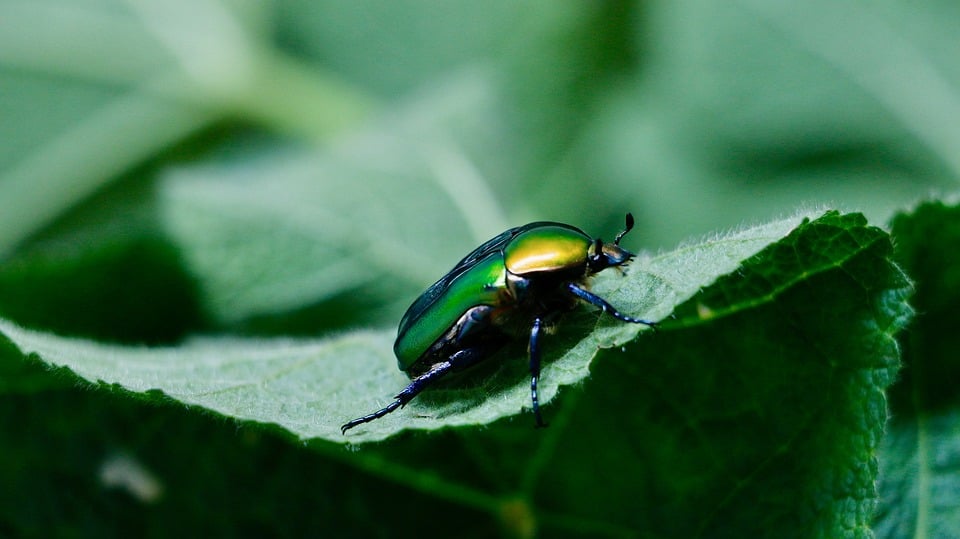Squash the Squirm: Make Your Own Bug Spray with Kitchen Essentials
As the warm weather approaches, so does the invasion of unwanted pests that can disrupt our outdoor activities and invade our living spaces. While many commercial bug sprays are available, they often contain harsh chemicals that can be both harmful to our health and the environment. Fortunately, you can easily create your own effective bug spray using everyday kitchen essentials. Not only is it a more natural option, but it also empowers you to take charge of pest control without breaking the bank.
The Benefits of Homemade Bug Spray
- Natural Ingredients: Homemade sprays often use natural ingredients, which are safer for your family and the environment.
- Cost-Effective: Instead of purchasing expensive commercial pesticides, you can utilize ingredients you likely already have at home.
- Customizable: You can tailor your bug spray’s scent and effectiveness to cater to the specific pests you’re dealing with.
- Simplicity: Making your own bug spray is straightforward and doesn’t require specialized knowledge or complex instructions.
Essential Ingredients
Here are some common kitchen staples that can be transformed into effective bug repellents:
-
Vinegar: White vinegar and apple cider vinegar are excellent natural insect repellents. They create an acidic environment that many insects dislike.
-
Essential Oils: Certain essential oils, such as peppermint, tea tree oil, eucalyptus, and lavender, are known for their insect-repelling properties. These oils not only help deter bugs but also leave a pleasant aroma.
-
Soap: Liquid dish soap can break down the exoskeleton of certain pests, making it harder for them to survive. When mixed with water, it serves as a contact insecticide.
-
Garlic: The sulfur compounds in garlic are known to repel various insects, including mosquitoes and ants.
- Citrus: Citrus peels contain limonene, which is a natural insect repellent. The fresh scent can also be invigorating!
DIY Bug Spray Recipes
1. Basic Vinegar Bug Spray
Ingredients:
- 1 cup of white vinegar or apple cider vinegar
- 1 cup of water
- 10 drops of your favorite essential oil (e.g., lavender or peppermint)
Instructions:
- Combine the vinegar and water in a spray bottle.
- Add the essential oil.
- Shake well before use. Spray around your home or garden, avoiding direct contact with plants.
2. Garlic and Pepper Spray
Ingredients:
- 1 bulb of garlic, minced
- 1 tablespoon of red chili pepper flakes
- 4 cups of water
Instructions:
- Boil the minced garlic and chili flakes in water for about 10 minutes.
- Allow the mixture to cool, then strain it into a spray bottle.
- Shake well and spray around repelling pests.
3. Citrus and Vinegar Bug Spray
Ingredients:
- Peels from 2-3 citrus fruits (like lemons, limes, or oranges)
- 1 cup of vinegar
- 1 cup of water
Instructions:
- Place the citrus peels in a jar, pouring the vinegar on top. Seal and let it sit for a few days.
- After a few days, strain the peels out and add water.
- Transfer to a spray bottle, shake well, and use as needed.
Tips for Using Bug Sprays
- Test First: Before applying any homemade bug spray to plants, test it on a small area to ensure there’s no adverse reaction.
- Reapply Regularly: These natural sprays might not last as long as chemical ones, so be prepared to reapply, especially after rain.
- Stay Safe: While these ingredients are generally safe, be sure to keep them out of reach of pets and small children.
Conclusion
With a few kitchen essentials, you can create your own effective bug spray that is both safe for your family and the environment. Say goodbye to chemical-laden products and hello to the natural approach of pest control. The next time you’re faced with an invasion of unwanted insects, reach for your homemade bug spray and enjoy a bug-free summer! After all, who needs to squirm when you can squash the squirm!
